Behind every great musician is a team of hardworking support staff that – literally and figuratively – set the stage for their performances and other creative endeavors. As The Beatles are the most celebrated musical act of all time, the band’s long-time roadie and assistant, Mal Evans, is one of modern music’s greatest unsung heroes.
Who was the Beatles’ roadie, Mal Evans?
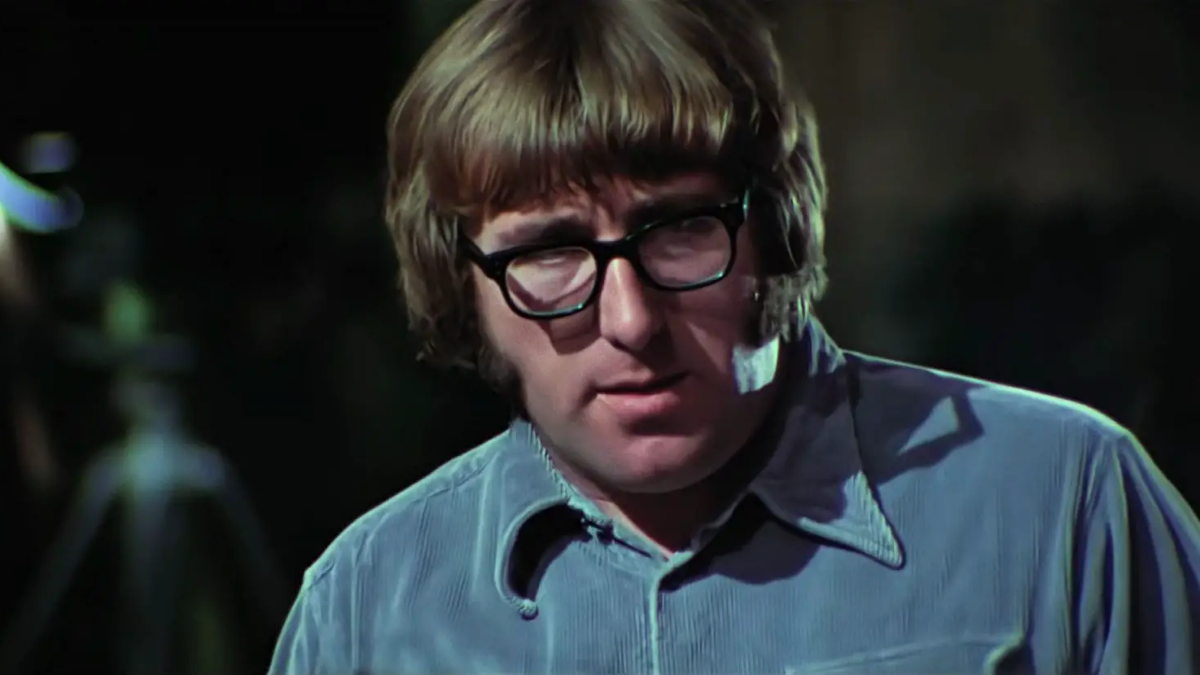
Malcolm “Mal” Evans (born 1935) was born in Liverpool, England and first began working for The Beatles in 1963, as a friend of the band’s lead guitarist, George Harrison. Due to his six feet, six-inch frame, “Big Mal”, as he was often nicknamed, was a perfect candidate for a bouncer to protect The Beatles from their ever-growing, ever-rowdier hoards of fans, who arrived in droves to see the band’s early performances at Liverpool’s iconic Cavern Club.
Mal was quickly promoted to a permanent roadie for The Beatles, helping to lug around equipment and manage business liaisons for the Fab Four, all while acting as a barrier between the band and obsessed fans at the height of Beatlemania. As illustrated in the 2023 biography Living The Beatles Legend: The Story of Mal Evans by Kenneth Womack, Evans’ role often had a seedier side, acting as the band’s own “Dr. Feelgood”, providing groupies, drugs, and even connections to then-bigger stars, such as The Beatles’ famous meeting with their idol, Elvis Presley.
By the time of The Beatles’ breakup in 1970, Evans had even been credited on some of the band’s greatest hits, including tambourine on “Penny Lane” and “Strawberry Fields Forever”, as well as singing backing vocals on “Yellow Submarine”. As shown in the 2021 documentary Get Back, Mal performed his bouncer duties during their final concert, by deferring police who tried to shut down the group’s iconic final performance on a London rooftop.
Mal Evans’ post-Beatles career and death, explained
After The Beatles’ break-up in 1970, Mal Evans continued collaborating with the band on their solo endeavors, even providing some musical input. Evans provided backing vocals on Lennon’s 1970 single, “Instant Karma!” and has a songwriting credit on Ringo Starr’s 1973 song “You and Me (Babe)”. Both of the 1970 albums All Things Must Pass and John Lennon/Plastic Ono Band, by George Harrison and Lennon, respectively, acknowledged Evans in the special thanks section of their liner notes.
Evans was also an early amateur Beatles historian and curator and was writing a memoir based on his experiences, titled Living The Beatles’ Legend, which was eventually published in 2005. Mal also possessed several priceless pieces of Beatles memorabilia, including handwritten lyrics to many of the band’s greatest hits. For example, the original lyrics to the song “A Day In The Life” written by John Lennon possessed by Evans was valued for auction by Sotheby’s as worth up to $800,000. Similarly, a guitar once belonging to Lennon, gifted to Mal and his then-wife Lily Evans, was valued at approximately $350,000.
Outside of The Beatles, Mal became a successful music producer, working on the hit 1970 song “No Matter What” by Badfinger, as well as Keith Moon’s solo album Two Sides of the Moon.
Mal Evans’ tragic death
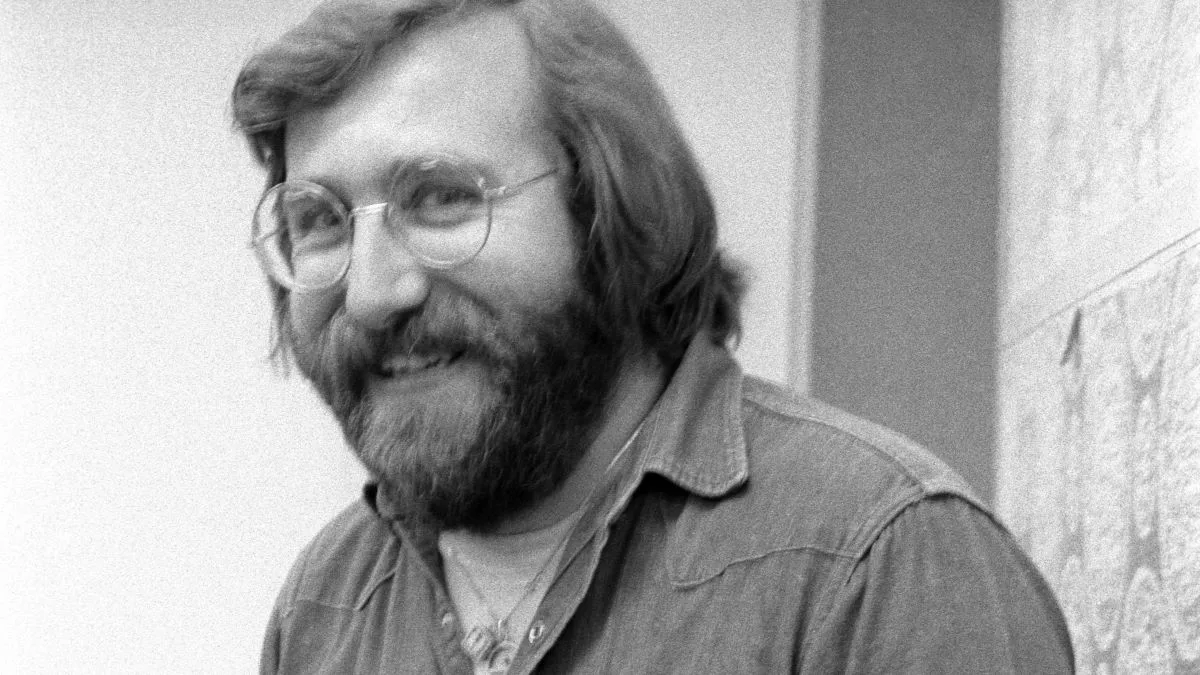
At the time of his death in 1976, Evans was staying in Los Angeles with his girlfriend, Fran Hughes. On Jan. 5th of that year, The Los Angeles Police Department was contacted by Hughes after Evans appeared incoherent and confused after taking Valium, and had taken possession of a rifle.
Despite hopes that the police could de-escalate the situation, LAPD officers shot Mal dead, despite the fact the rifle was actually an air rifle and is not typically a lethal weapon. He was 40 years old. Although The Beatles did not attend his funeral, most likely to avoid a media circus overshadowing the event, George Harrison arranged for Mal’s family to receive a pension grant of approximately £5,000 – roughly £32,000 in today’s money,
In his home city of Liverpool, a blue plaque was erected outside Mal’s childhood home to commemorate his life and work, gifted to his sister Barbara. The Beatles Story, the city’s museum dedicated to The Beatles, also pays tribute to Mal in a dedicated section describing his role in aiding the band. Several items of memorabilia on display at the museum once belonged to Mal, and the roadie’s notebook, including early drafts of lyrics to songs like “Hey Jude” was introduced in 2022.

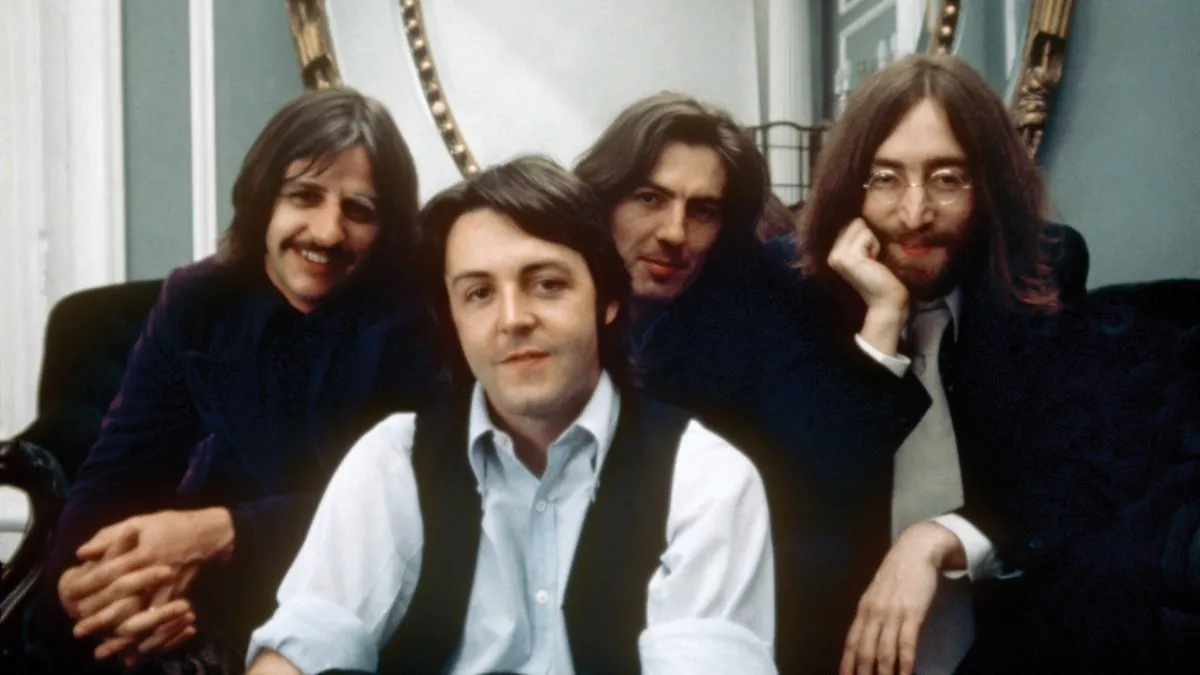


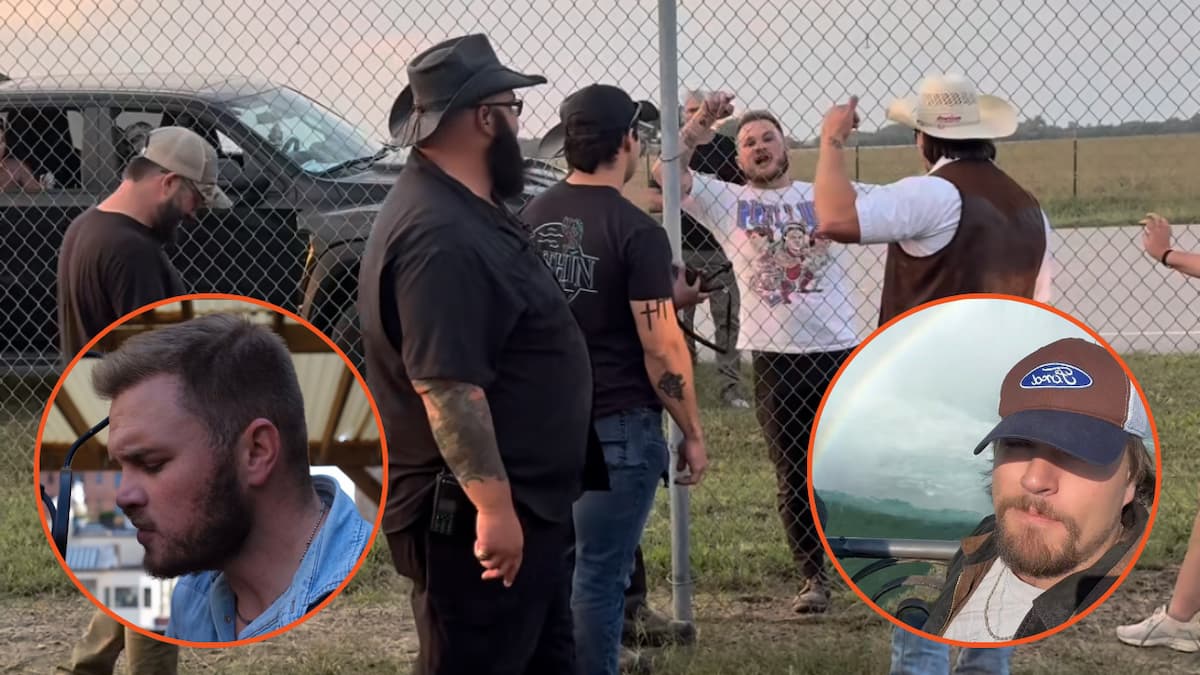
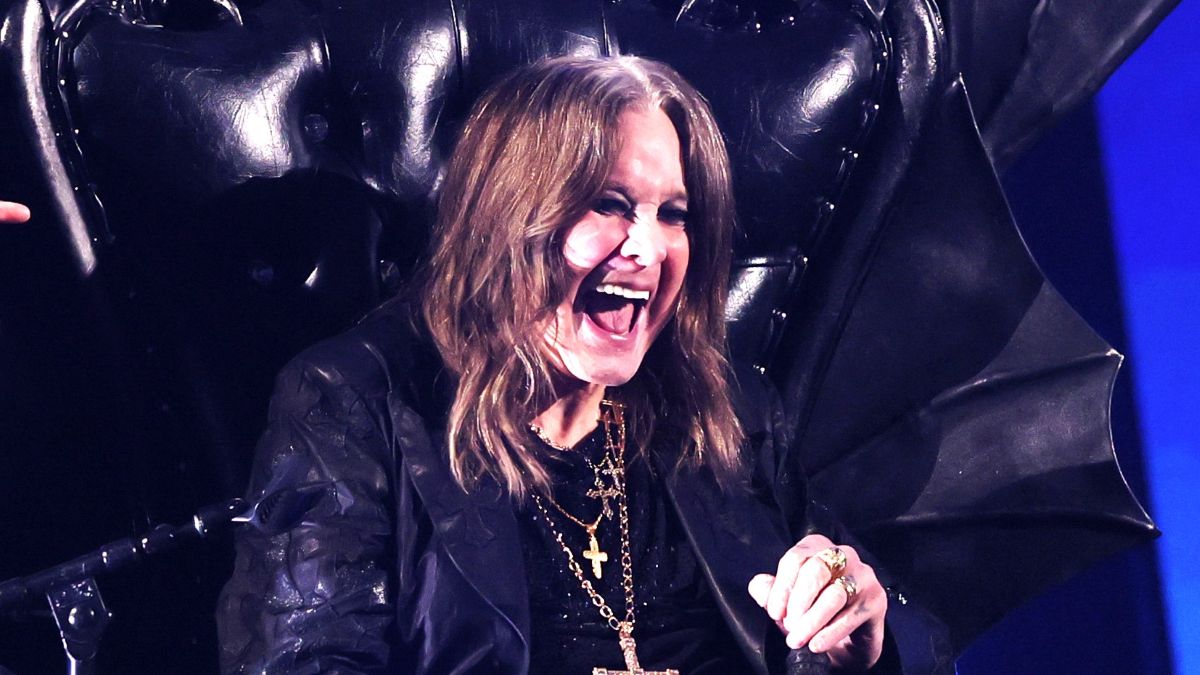
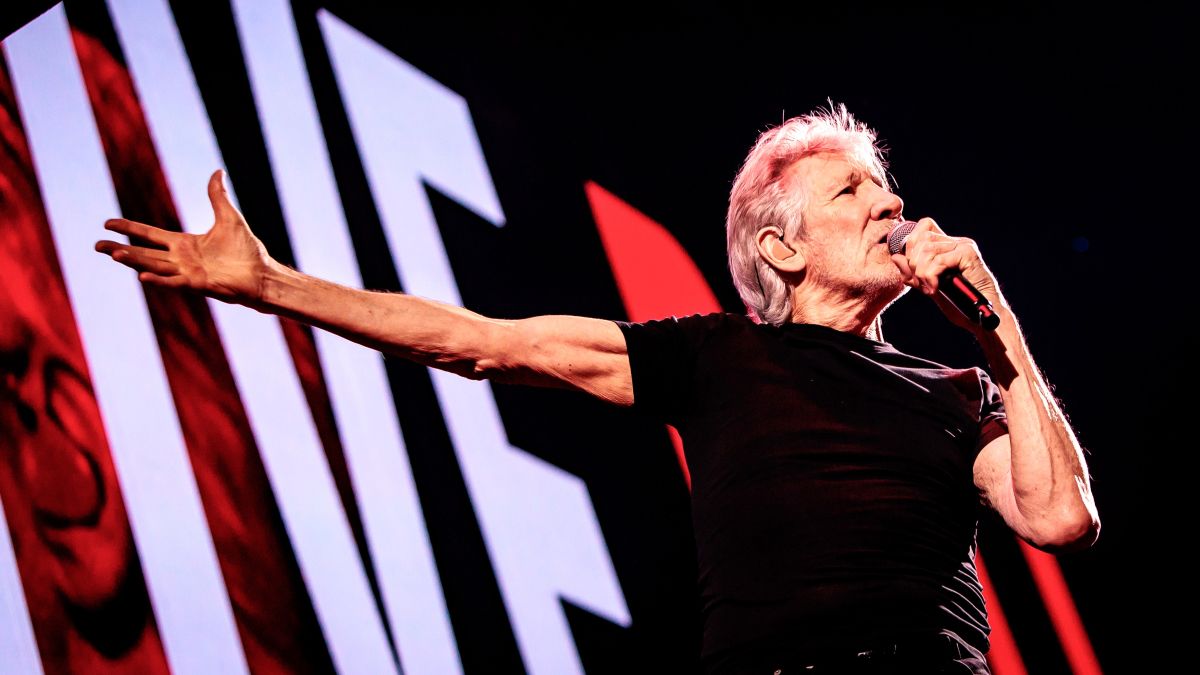
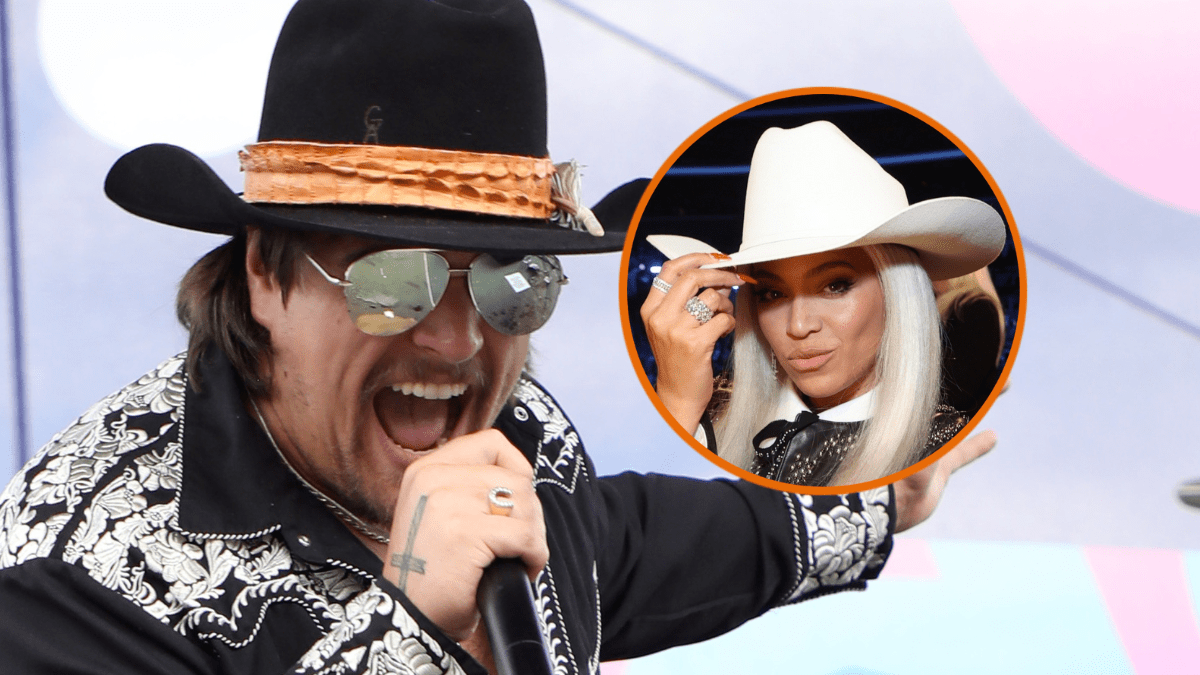

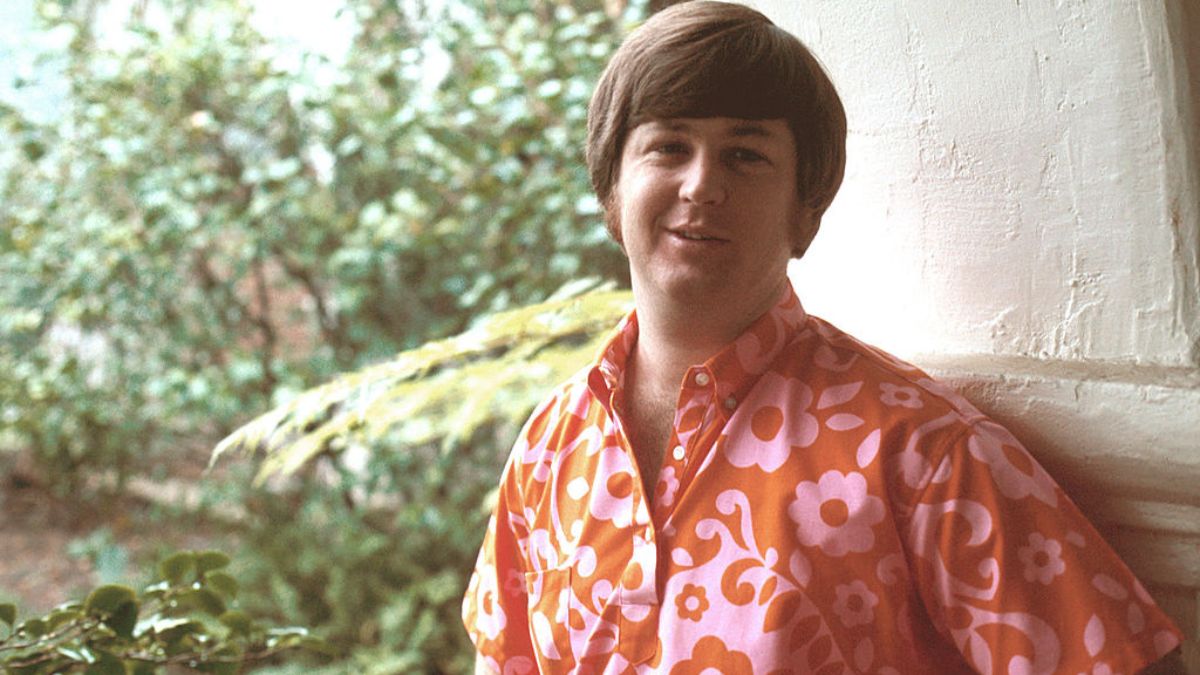

Published: Apr 5, 2024 04:05 am